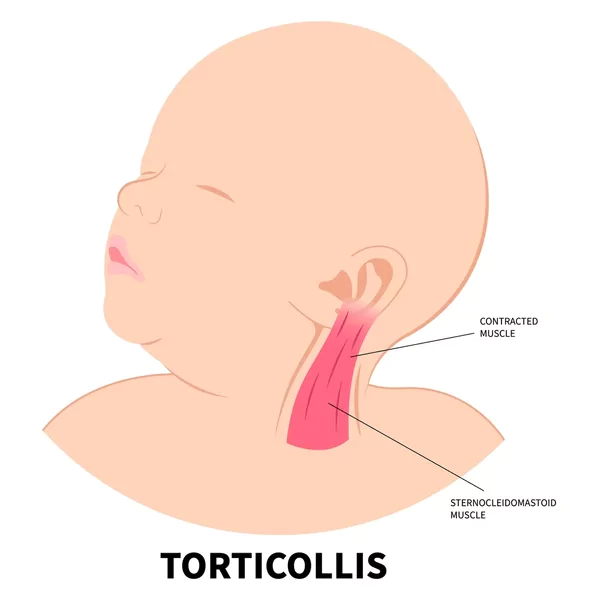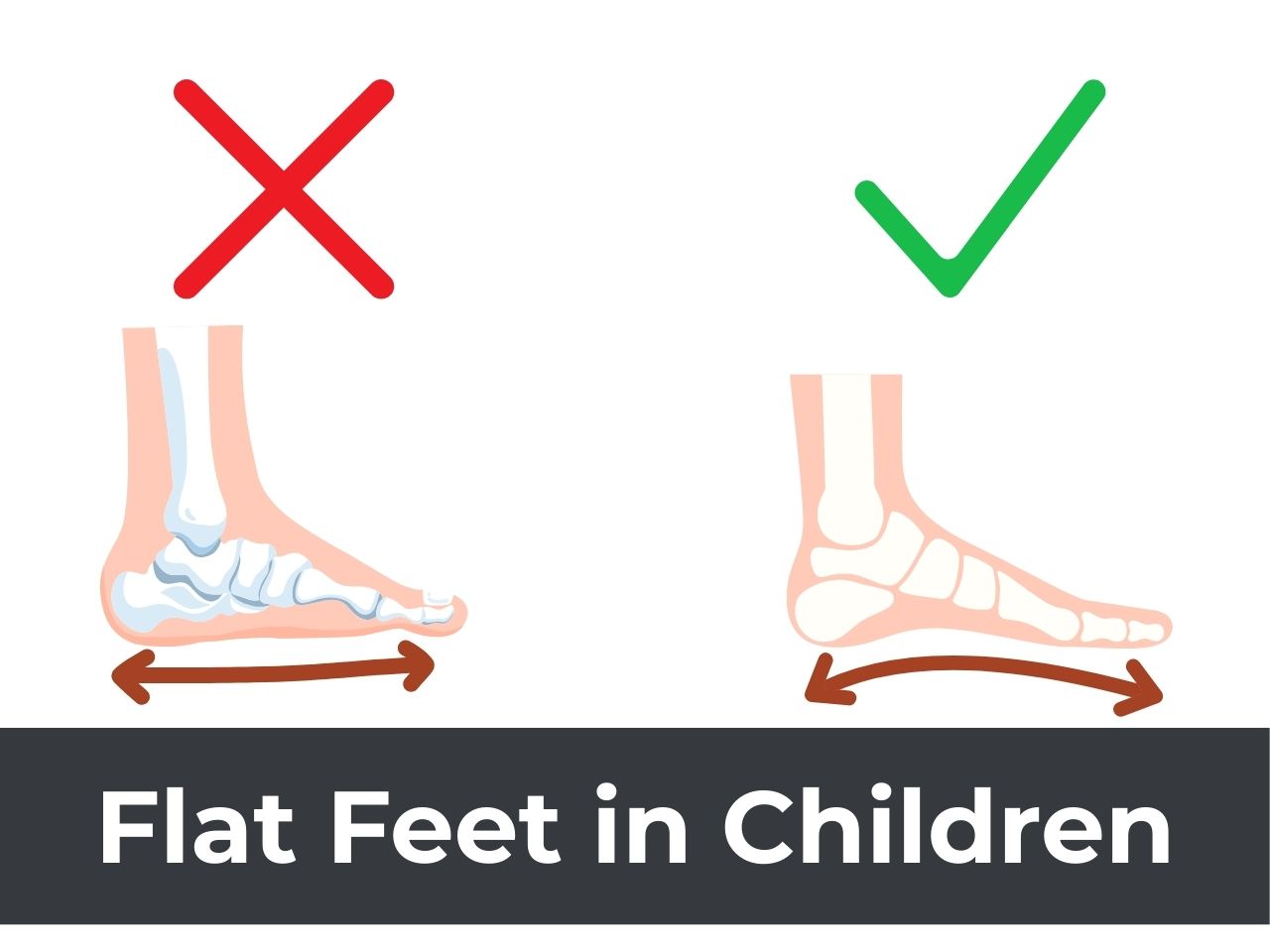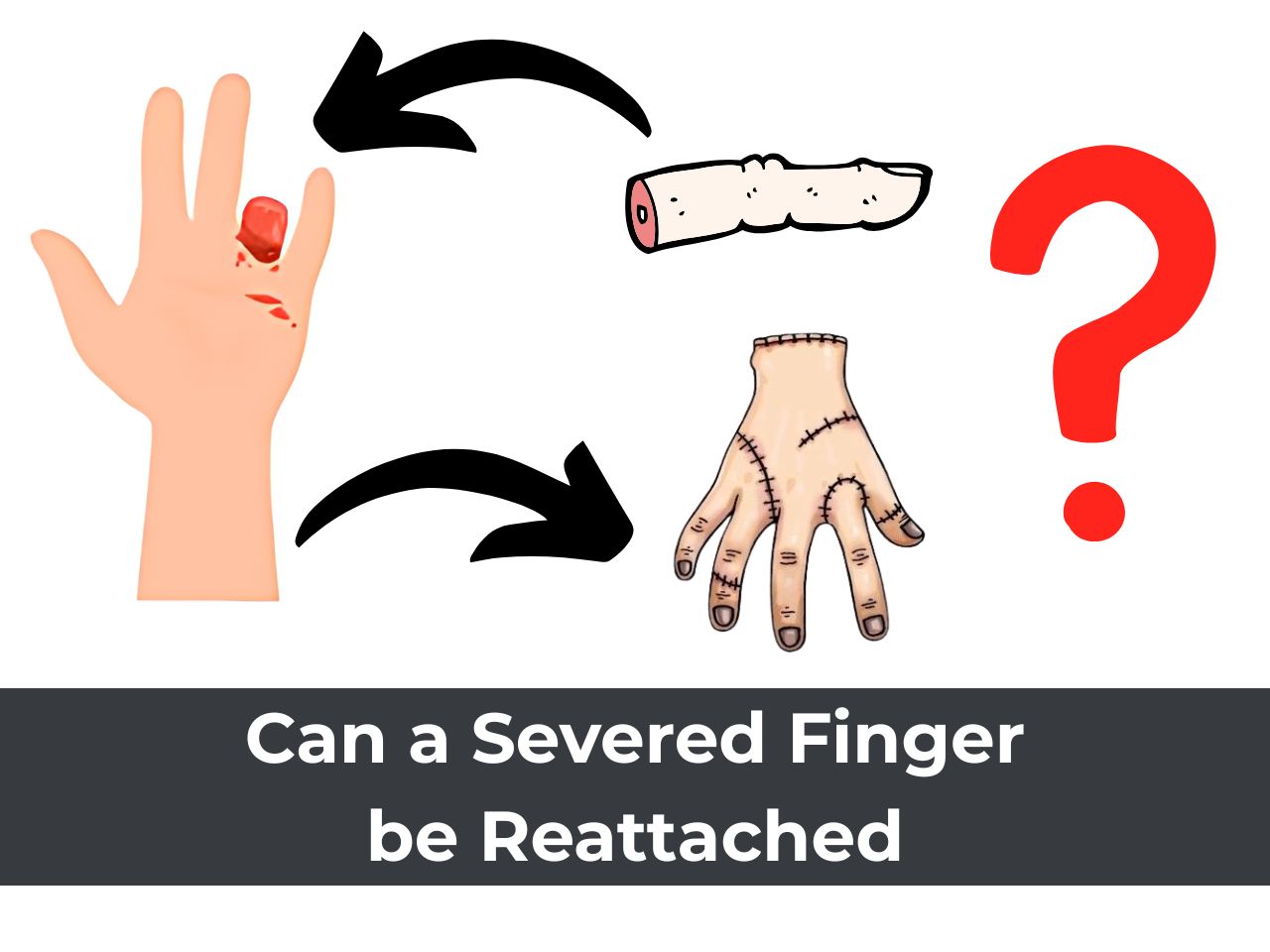‘Clubfoot’ (also called “Congenital Talipes Equinovarus” or “CTEV”) is a birth deformity in which a baby’s foot is twisted inwards and downwards. It is so-called because the shape of the foot resembles a golf club (Figure 1). It occurs in 1 in 1000 live birth.

Causes:
In most cases, clubfoot is ‘idiopathic’, which means, the cause is unknown. In some children, clubfoot can be due to disorders of the spine or due to weakness of the nerves and muscles in the legs. Such children are said to have ‘syndromic’ clubfoot.
Incidence:
Clubfoot is one of the commonest birth anomalies. It occurs in about 1 to 2 babies per 1000 births. It is 2.5 times more common in boys. In more than half the children affected, both feet are involved.
Treatment:
Till the late 1990s, clubfoot used to be treated with radical, open surgery. However, clubfeet treated by open surgery in childhood were seen to turn stiff and painful in adult life. Prof Ignacio Ponseti from Iowa, USA, described a minimally invasive treatment methodology. Over the past 25 years, the Ponseti method has become the gold standard for the treatment of clubfoot all over the world.
Ponseti method:
Treatment of clubfoot by Ponseti method consists of different stages:
- Stage 1 (serial manipulation and casting): The first stage of treatment consists of manipulation and application of serial plaster casts. These plaster casts are called serial casts as they are changed every week. With each cast, the position of the foot is slowly corrected to near normal. Serial casts are applied till forefoot deformity is over-corrected and can be externally rotated to 60 degrees. This stage is usually reached after 4 to 8 casts.

- Stage 2 (tenotomy): In most children, the Achilles tendon at the posterior aspect of the heel is tight and results in persistence of hindfoot equinus deformity even after forefoot deformity is fully corrected. At this stage, Achilles tendon tenotomy surgery is performed for the correction of the hindfoot deformity. After tenotomy, the cast is applied in an over-corrected position for a period of 4 weeks.

- Stage 3 (bracing): The final cast is removed at 4 weeks following tenotomy surgery. The clubfoot is now fully corrected. However, to maintain this correction it is vital to apply Foot Abduction Brace (FAO). FAO consists of shoes in both feet with an inter-connecting bar which maintains the feet in 70 degrees external rotation and 20 degrees ankle dorsiflexion. Initially, the brace is applied full-time (23 hours/day) for a period of 4 months. Thereafter, the period of brace wear is gradually reduced, and sleep time brace wear is continued till the age of 4 years.

Outcomes:
Isolated clubfoot is treatable and most children treated by the Ponseti method lead a life free of disability and participate in sports.
Recurrence of deformity may occur in few cases and may necessitate further treatment. Recurrence occurs most commonly in the second or third year of life and commoner in children who fail to wear braces as prescribed.
Syndromic clubfeet are especially problematic and may need multiple surgeries.
This article is contributed by Dr. Sandeep Vaidya, Paediatric Orthopaedic Surgeon, Pinnacle Orthocentre Hospital, Thane. For more information, call (022)25419000/ 25429000 OR email drsvvaidya@gmail.com.






0 Comments